Vaccines have contributed immensely to the prevention and control of major diseases of chickens and other poultry birds that were previously incurable or difficult to cure. Most commercial poultry farmers, therefore, follow a vaccination program aimed at controlling these diseases. However, inexperienced poultry farmers do not know how to vaccinate their birds. Vaccines can be administered through various routes such as through:
- The Eye
- The Nostril
- The Oral route
- The Wing web
- The Vent
- The Subcutaneous route
- The Intramuscular route
Methods of Administering Vaccines
As the flock strength increased and commercialization of poultry keeping became the order of the day, vaccination by these conventional methods became tedious, time-consuming, labour intensive and a source of undesirable stress on the birds of the flock. Alternative routes of mass administration of vaccines were therefore explored. Some of the important points in this regard are:
- Generally, mass vaccination methods result in reduced labour costs, time and stress.
- A spray vaccination is more invasive and may give better results than an oral vaccination.
- A fine spray is more immunogenic than a coarse spray, as it allows the vaccine to penetrate more deeply into the respiratory tract.
1. Drinking Water Method
It is becoming more popular these days. Vaccination against Newcastle disease, Infectious bronchitis, Avian encephalomyelitis, etc. is carried out by this method. The vaccine to be used by this method is first reconstituted in distilled water in a small volume. It is then added to the water troughs or drinkers kept in the pen. The birds consume the vaccine mixed water and gain immunity. The birds have to be deprived of normal water supply for 1-2 hours so that they are eager and quick to consume the water fortified with the vaccine.
When using this method, it must be ensured that the water consumption of the birds is adequate. It also can be ensured that only such quantity of water should be in the drinker, which would be fully consumed by the birds within 30-60 minutes.
The water meant to be used should be cool and not warm because warm water inactivates the vaccine. The water must not contain any amount of chlorine or other chemicals. The addition of skim milk to water at the rate of 500 ml of skim milk to 10 litres of water is recommended. The addition of skim milk to vaccine water is purposely for improving the viability of the vaccine by neutralizing the chlorine or any other chemicals present in the water.
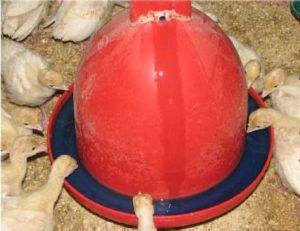
2. Subcutaneous and/or intramuscular route
In these methods, the vaccine is pushed into the body tissues either under the skin or into the muscle with the help of a needle and syringe. These methods are still used today. When a vaccine is used subcutaneously or intramuscularly, care has to be taken to make sure that the quantity of vaccine is kept as small as may be feasible. The ideal quantity is 0.1 ml to 0.2 ml. The maximum permissible amount is 0.5 ml. If it exceeds 0.5 ml, it will results in tissue damage at the site of vaccination and also causes unnecessary stress.
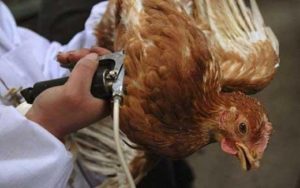
3. Scarification method
This is also an old method of vaccination into the tissues of the skin by causing superficial scarification of the epidermis. This method was originally used for carrying out vaccination against fowl pox, but this route has also been used now for protecting birds against infectious laryngotracheitis.
4. Intraocular method
In this method, the vaccine is reconstituted in a small amount and used for dropping in the eyes of chickens or birds. An ink dropper is used to apply this in drops. Once the vaccine drops into the eyes, it is absorbed and starts the immune response protecting them against the particular disease.
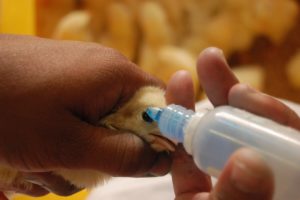
5. Intranasal method
In this method, the reconstituted vaccine is deposited at the two nasal openings of the chickens or birds while the birds inhale the vaccine. It is absorbed through the mucous membrane of the respiratory tract and immunizes the birds.
The vaccination of chickens and turkeys, and other poultry birds is important, and it is highly important t do it right so as not to cause more harm to the flock while administering the vaccine. Therefore, with the procedures explained in this post, you should be able to vaccinate any chicken or turkey easily.
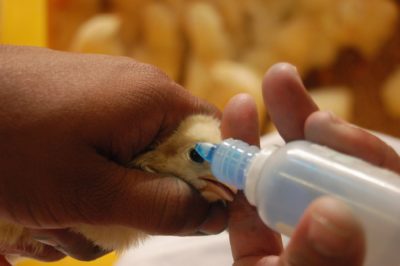
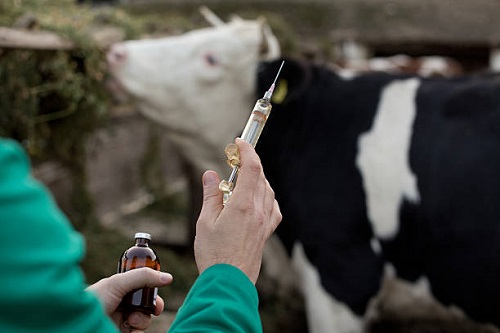
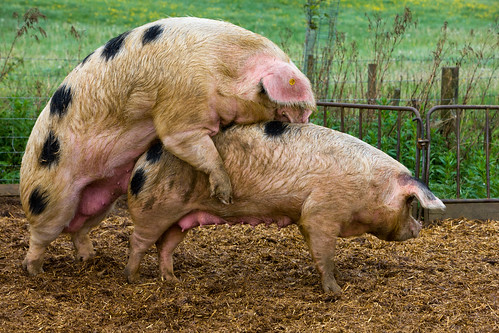
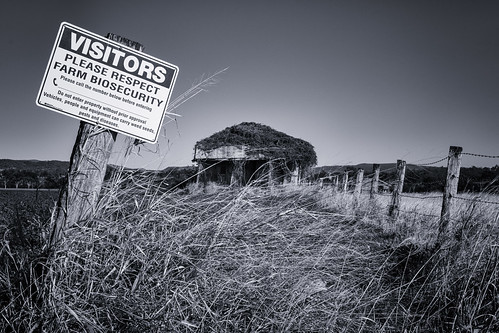
How much do I need to start broiler farm, like 1000 chicks
Where and how much can I get the red Damas goat
Not readily available in Nigeria